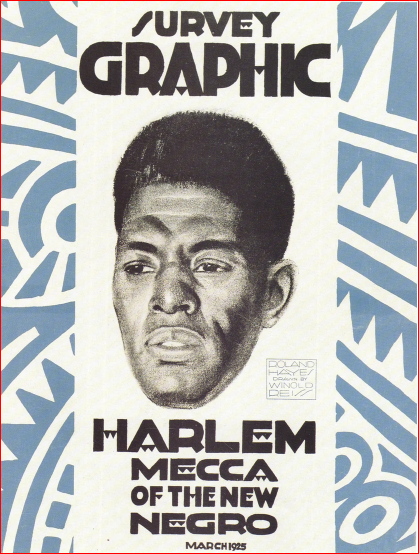The Evolution of "Fi-Yer," Part One
You hardly hear anything about the role of classical music in the Harlem Renaissance, do you? All anyone talks about are the pop, blues and jazz genres. Yet the Negro du jour whose portrait graced the cover of the magazine edited by Alain Locke that was later to be expanded into The New Negro was Roland Hayes, a tenor who performed art songs in French, German, and Italian. He had finally overcome his home country's prejudice after great success in Europe, including a command performance at Buckingham Palace, to receive grudging recognition for his enormous talent.
African American musicians were welcomed and acclaimed in popular genres, but those who were attracted to the white preserve of classical music had to fight for their audiences. A generation earlier, Will Marion Cook, was unable to scale the wall of prejudice and turned to syncopated music half in desperation -- much to the benefit of ragtime and Broadway. Still, classical music and the advanced training that it required always attracted some African Americans. Hall Johnson, the composer of "Fi-Yer" featured in "Smoke, Lilies and Jade," was amongst the few composers -- among them J. Rosamund Johnson and William Grant Still -- who made their living through popular music but whose ambitions reached into concert halls.
Born in 1888, Hall Johnson performed in orchestras led by James Reese Europe, Will Marion Cook, and in Eubie Blake's Shuffle Along. By the time of the Harlem Renaissance, however, Johnson had become interested in arranging choral music. (He formed the acclaimed Hall Johnson Choir in 1925.) Concert performances for spirituals were a staple of "serious" African American music and Johnson had a knack for their arrangements. But he wanted to compose his own music as well. When he read The Weary Blues, Langston Hughes' acclaimed first volume of poetry, he found the text he wanted to set to music: "Fire."
Recent Posts
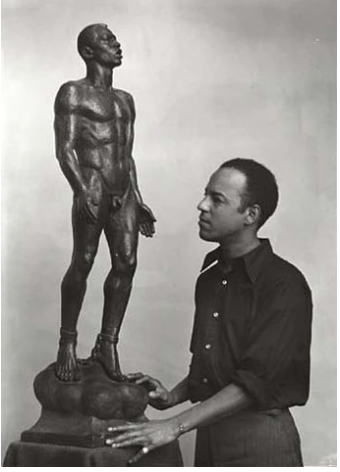
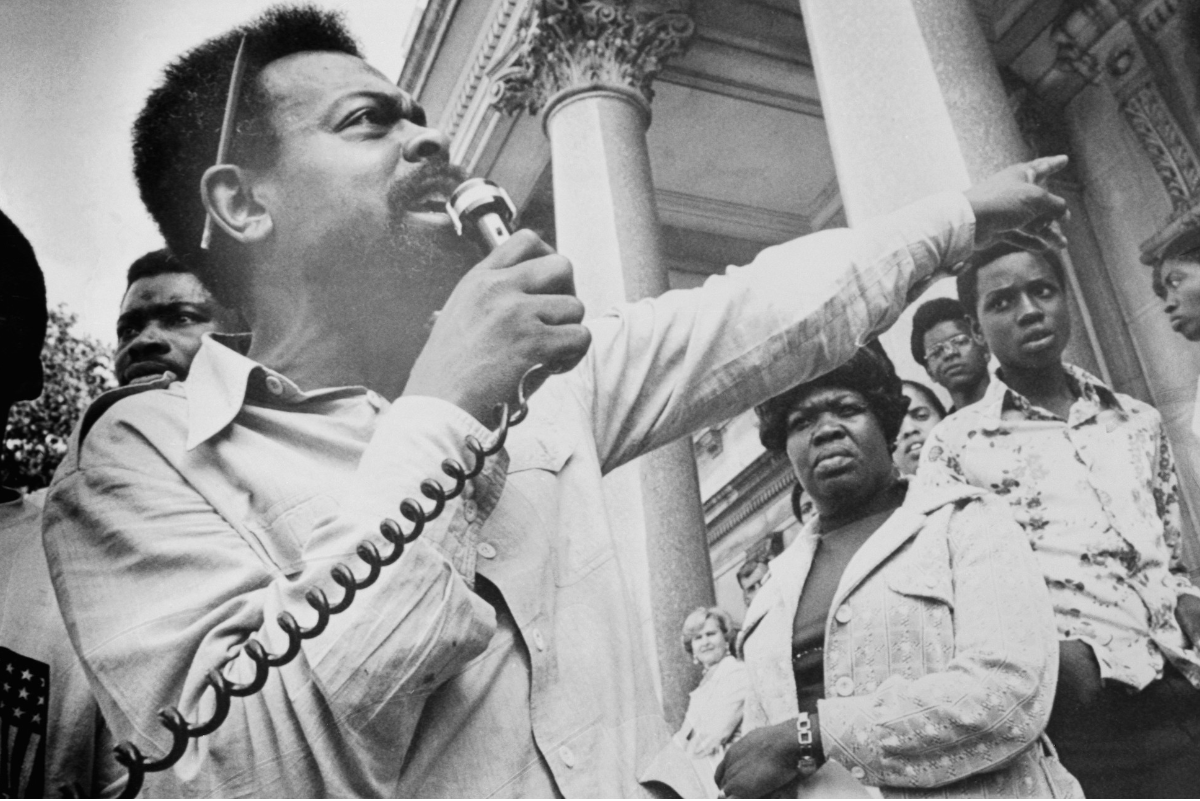
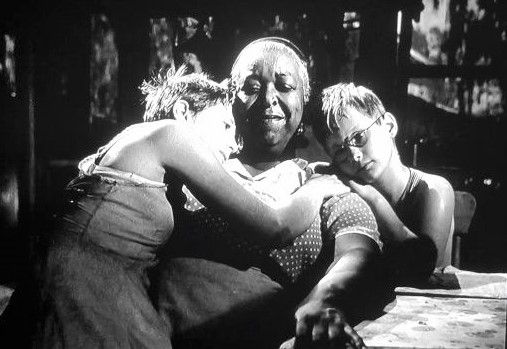
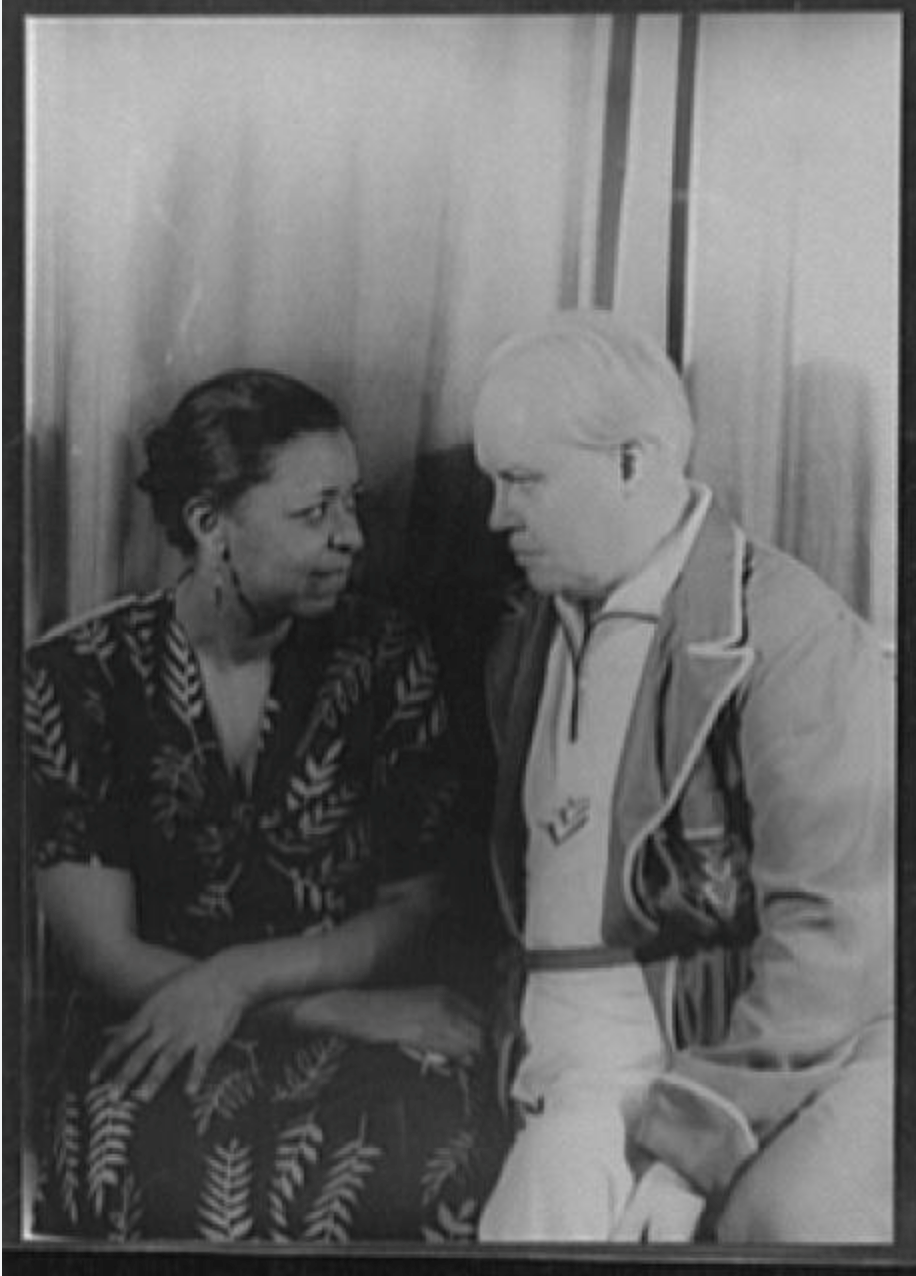
SHOGA FILMS is a 501(c) (3) non-profit production and education company. We create multimedia works around race and sexuality that are intended to raise awareness and foster critical discussion.
Contact Us
All Rights Reserved | Shoga Films
Stay Connected
Thanks for subscribing!
Please try again later.


